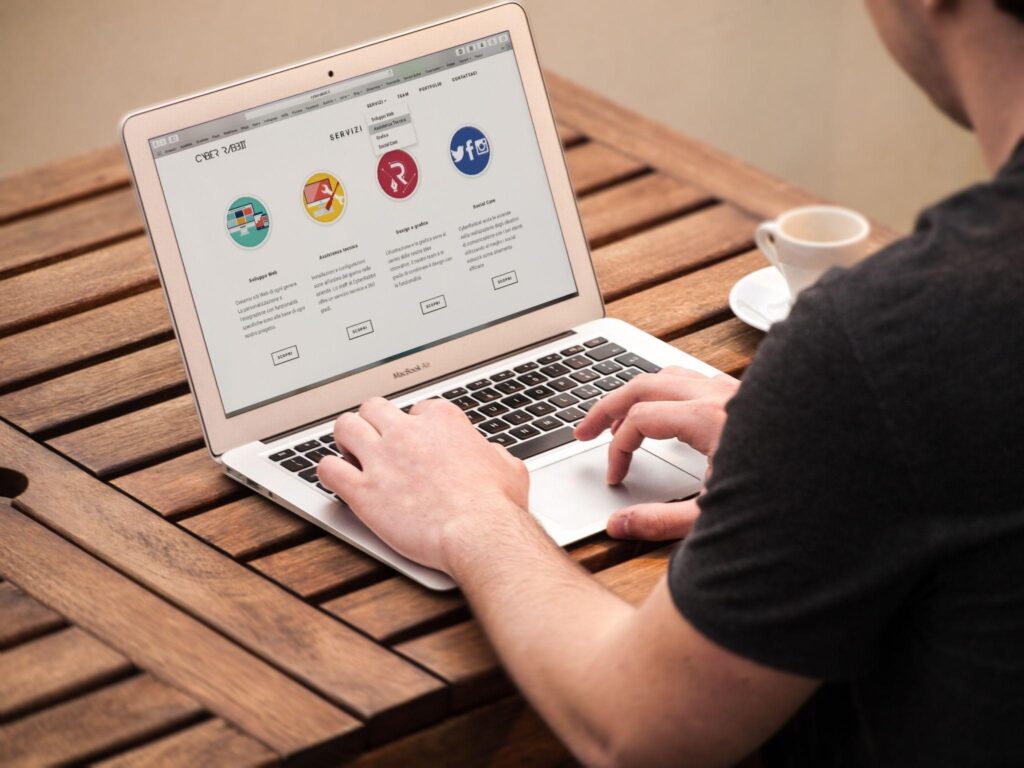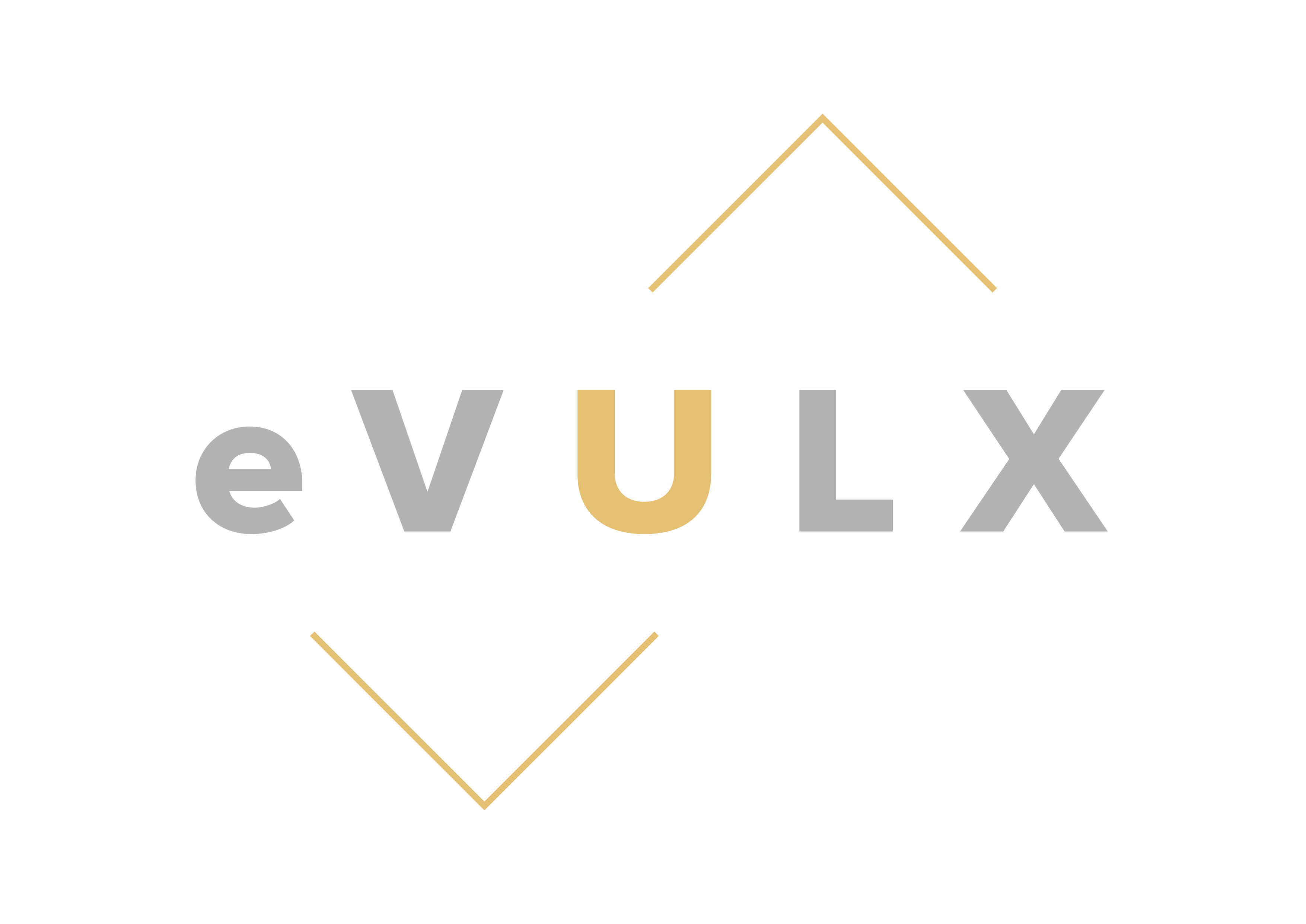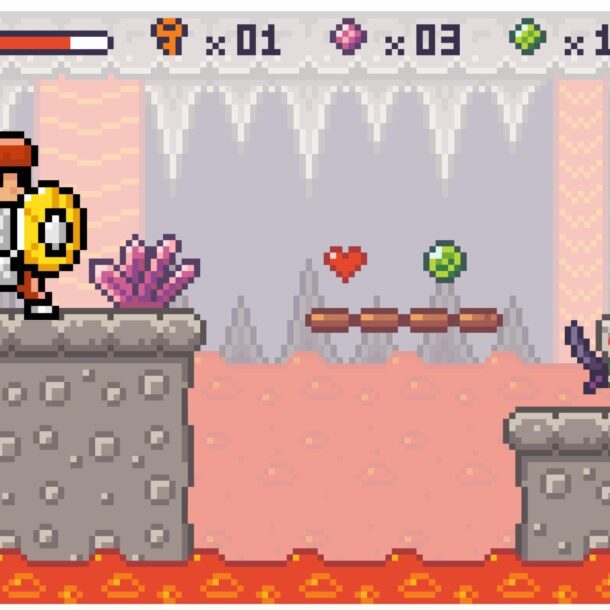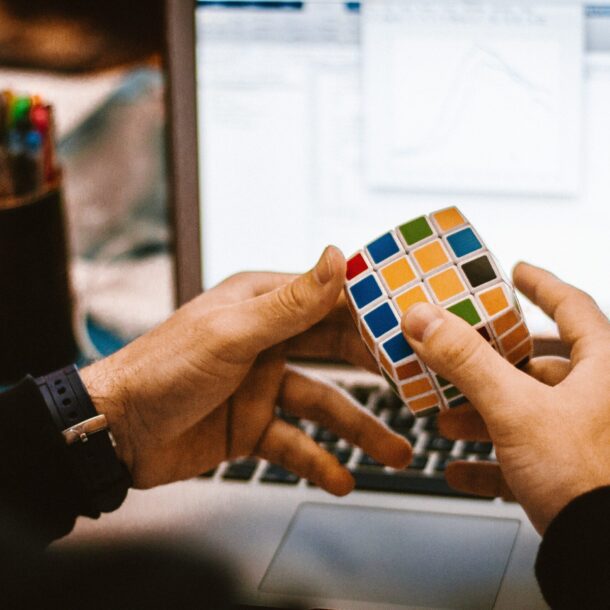
Gamification has been used in sales and marketing for decades, but the idea of using it in customer service has only recently caught on. The basic premise behind CRM gamification is that your customers are playing a game, which makes them more engaged in their interactions with you, like eVULX The Cycle, explaining its usefulness suited for anyone in a talent hiring position whether you may be from Human Resources or from Business Operations.
That way, employees are more likely to stay engaged because they feel like they’re winning, and they’re more likely to share their experiences with friends and family members—which means you get more leads. In this post, we’ll explore some CRM gamification strategies and trends.
Gamification is using game design techniques and technology in a non-game context. It’s been around for years but is becoming increasingly popular as companies turn to it for various uses. In this post, we’ll explore some CRM gamification strategies and trends.

The first step to implementing CRM gamification is determining what kind of experience you want your customers to have: do you want them to feel like they’re part of an adventure? Or maybe like they’ve joined an elite club? Once you’ve decided on the type of experience you want your customers to have, it’s time to start thinking about how you can make that happen within your CRM system.
What is Gamification?
CRM gamification is the use of game design elements in a CRM strategy. It uses game mechanics to encourage users to engage with the system, and it has become a popular strategy for increasing engagement and reducing churn
How does gamification work?
The question still stands, what is a gamified CRM, and how does it benefit us?
The CRM approach and the systems used to facilitate it gather important information about your target audience and how to best cater to their needs. With gamification, it can help you deliver a powerful sales performance enhancer by implementing customer-relationship management systems with a fun and exciting approach for your customers.
Here are a few CRM gamification strategies and CRM gamification trends that can benefit your business.
1. Lead Generation
Leading a gamified CRM campaign is a unique opportunity for brands to offer continued value and support to their customers. Using gamification strategies such as contests, giveaways or competitions will encourage users to become part of your community and connect with your brand.
- Lead Generation: Gamification can be used to generate leads through events like contests, giveaways, and competitions.
- Lead Nurturing: Gamification can also be used in a lead nurturing campaign to motivate users to complete tasks like filling out forms or connecting with a salesperson.
- Lead Scoring: Gamification can also be used in a lead scoring campaign by assigning points for the actions you want users to take.
2. New Customer Onboarding
In the context of sales, customer onboarding is the process of introducing a new customer to your company, products, and services. It may also be called customer induction or customer initiation.
The goal of CRM gamification strategies is to help guide customers through their journey on your website or in-app until they purchase something. That’s why you must ensure every user has a chance to learn about your product before making any purchase decision.
You need to introduce them to everything that’s important for them: pricing plans, features, plans for support and upgrades—anything else they might need information about prior to making their first purchase from you!
3. Customer Retention
In the B2B space, loyalty programs are a great way to engage your employees and customers. By gamifying the company’s CRM strategy, you can create an experience that is more engaging for your team members, who will be more likely to use it for better communication with their clients.
Loyalty programs work by rewarding people for specific actions they make in order to keep them coming back to your business or brand. This can range from earning points toward free products or services all the way up to buying a product or service at a discounted price.
As mentioned earlier, gamification is a popular way of increasing customer engagement through rewards-based systems such as loyalty programs or similar strategies like limited-time offers (LTOs).
4. Training
Gamification can be used to train both new and existing employees. This is especially true when developing a CRM marketing strategy, as it’s essential to ensure everyone knows how to use the system. The training process should be simple, interactive, and fun so that users are more likely to retain the information.
The training process should also be comprehensive, covering all aspects of the CRM platform. This includes how to create and manage accounts, leads, campaigns, and more.
5. Steps To Success
The best way to motivate and encourage employees is often through more minor, more granular activities. Gamification techniques can help by encouraging employees to build their own goals, make good on their commitments and grow as professional performers.
Gamification–or gaming mechanics–involves appealing to people’s innate psychological predispositions to influence their behaviour better. But the best way to influence behaviour isn’t via big-picture appeals but by ensuring people correctly execute all the intermediate steps required.
In other words, we use gamification techniques to encourage and motivate employees to pursue actions that we know are right.
We know that when salespeople–before making a sales call–build a call plan that identifies their objectives and then perform those activities during the sales call, there’s a high probability that they’ll see deals move more quickly through the sales pipeline.
By using gamification, you can reward people for practising–and continuing to practise–behaviour that demonstrably helps close deals.

Gamification is a great way to engage your employees and customers
You can use gamification strategies in many different ways:
- Increase sales. One of the most popular ways to use gamification is to increase sales. Game mechanics like leaderboards and badges can help motivate your customers to buy more products they might not have otherwise purchased while making their experience feel more fun than work-related tasks like online shopping or filling out customer surveys.
- Improve customer service. Another common strategy involves using game mechanics as part of customer service training programs, where employees are rewarded for achieving goals such as resolving customer complaints within 24 hours or answering five calls per hour without hanging up on anyone (or whatever other metrics are essential for your business).
- Motivate employees. Another application involves using game mechanics in employee incentive programs based on meeting specific performance metrics, which encourage them to complete tasks like hitting deadlines and staying productive over long periods without taking any time off work days when sick because there won’t be any cash prizes awarded every time someone gets sick though there would be some kind of bonus given at end year-end if all requirements were met throughout the year but only after all bills have been paid because if we don’t pay bills then nothing else matters.
Final Thoughts
We have explored the importance of gamification in CRM and the trends which are likely to emerge in the future. We hope this article has given you some inspiration for your next CRM initiative! Visit eVULX for more gamified solutions.
9.08 & 9.09, Block E Phileo Damansara 1,
9, Jalan 16/11, 46350 Petaling Jaya, Selangor
Telephone: +60122254456
Email: [email protected]
(202001021557) (1377877-X)
All Rights Reserved




